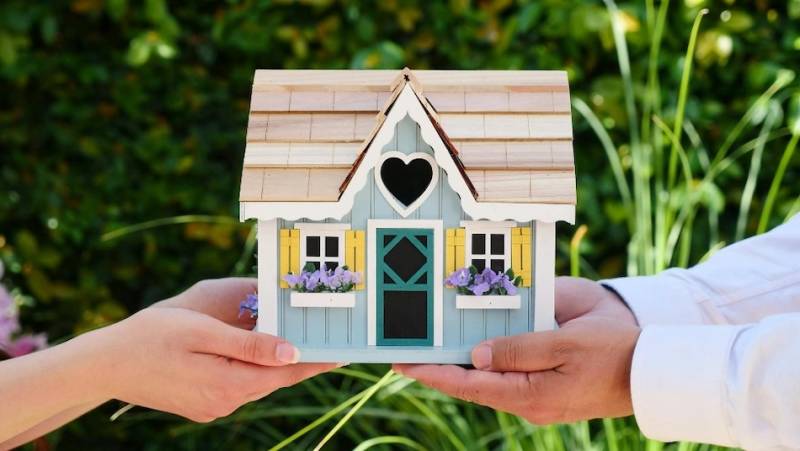Budget Build: 5 Ways to Save Money on First Home Without Sacrificing Quality

Photo: Kindle Media / Unsplash
Whether you’re constructing your own ranch in rural Ohio or working with local home builders in the Bellarine Peninsula region of Australia, building your first home is a thrilling adventure.
The cost of it all can be a little less exciting. Thankfully, there are plenty of strategic ways to trim your budget without compromising on quality or your dream home vision.
Here are five key strategies to consider:
1. Be Realistic
It's easy to get swept up in Pinterest-perfect finishes and sprawling floor plans. Before diving in, however, take a moment to prioritize your must-haves versus the nice-to-haves.
Consider your lifestyle: how many bedrooms do you truly need? Is a formal dining room essential, or would a breakfast nook suffice? Every square foot adds to the cost, so optimizing your layout for functionality is key.
While intricate architectural details add visual interest, they also add complexity and costs during construction. Simple, rectangular floor plans are more economical to build, and your "boxy" home doesn't have to feel boring!
Explore creative ways to add personality with paint colors, textures, and strategically placed windows and skylights.
2. Location Sets Your Budget
The land you choose significantly impacts the overall cost. So, look beyond the scenic vista and consider factors like:
- Topography: Steep slopes and uneven terrain generally require additional excavation or foundation work, adding to the cost. Opting for a level lot saves money in the long run.
- Soil Conditions: Rocky or unstable soil may necessitate special foundations, adding to your expenses.
- Existing Utilities: The closer existing utility lines are to your building site, the less you'll pay for connection fees.
3. Go for Value Engineering
Value engineering doesn't mean sacrificing quality. Instead, it's about finding smarter ways to achieve the look you desire without breaking the bank. Here are some ideas:
- Opt for Alternative Materials: Explore high-quality, low-cost alternatives to brand-name finishes. For example, consider laminate or engineered wood flooring instead of solid hardwood.
- Think Multi-Functional: Can a room serve multiple purposes? A guest room could double as a home office, or a spacious kitchen island could provide additional seating and storage.
4. Try DIY (Strategically)
There are aspects of home building where you can save significant money by tackling them yourself, but be realistic about your skills and limitations.
For example, if you're building on a previously developed lot, consider demolishing any existing structures yourself and hiring a rubbish removal service for quick and easy cleanup. Just note that this can be a physically demanding job, so factor in the cost of renting equipment if necessary.
Painting is another job most homeowners can tackle with proper preparation. It's a great way to save on labor costs and lets you inject your unique style into the space.
5. Build a Smart Team (and Negotiate Like a Pro)
Choosing the right builder is crucial. Don't just go with the cheapest option. Look for a reputable builder with experience in budget-conscious construction and clear communication practices. Obtain quotes from at least three qualified builders and compare their estimates line by line.
Bonus Tip: Factor in Future Upgrades
While some features might not fit your budget now, consider future-proofing your home by installing rough-ins for amenities you might add down the line, like a central vacuum system or a bathroom in the basement. This is often much cheaper to do during the initial construction phase.







![[node:title]](/sites/default/files/styles/front_featured__front_/public/web-hosting-reviews.jpg?itok=cBjP3BNS)


























